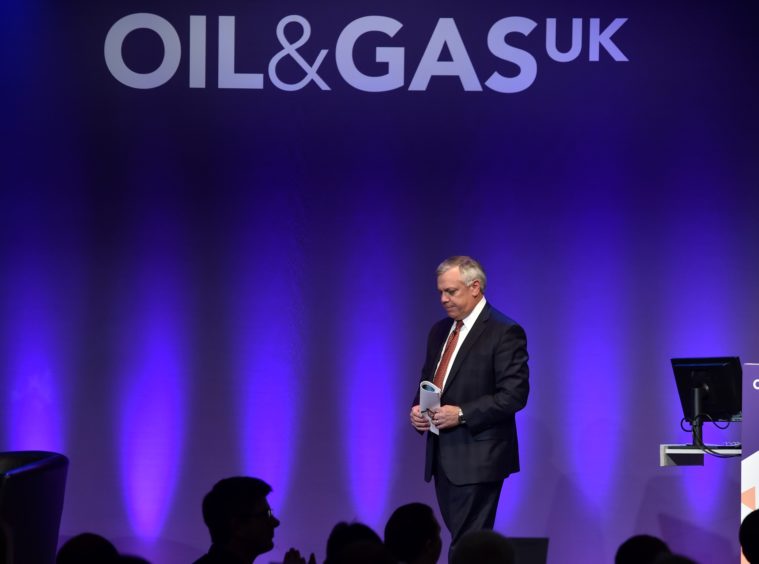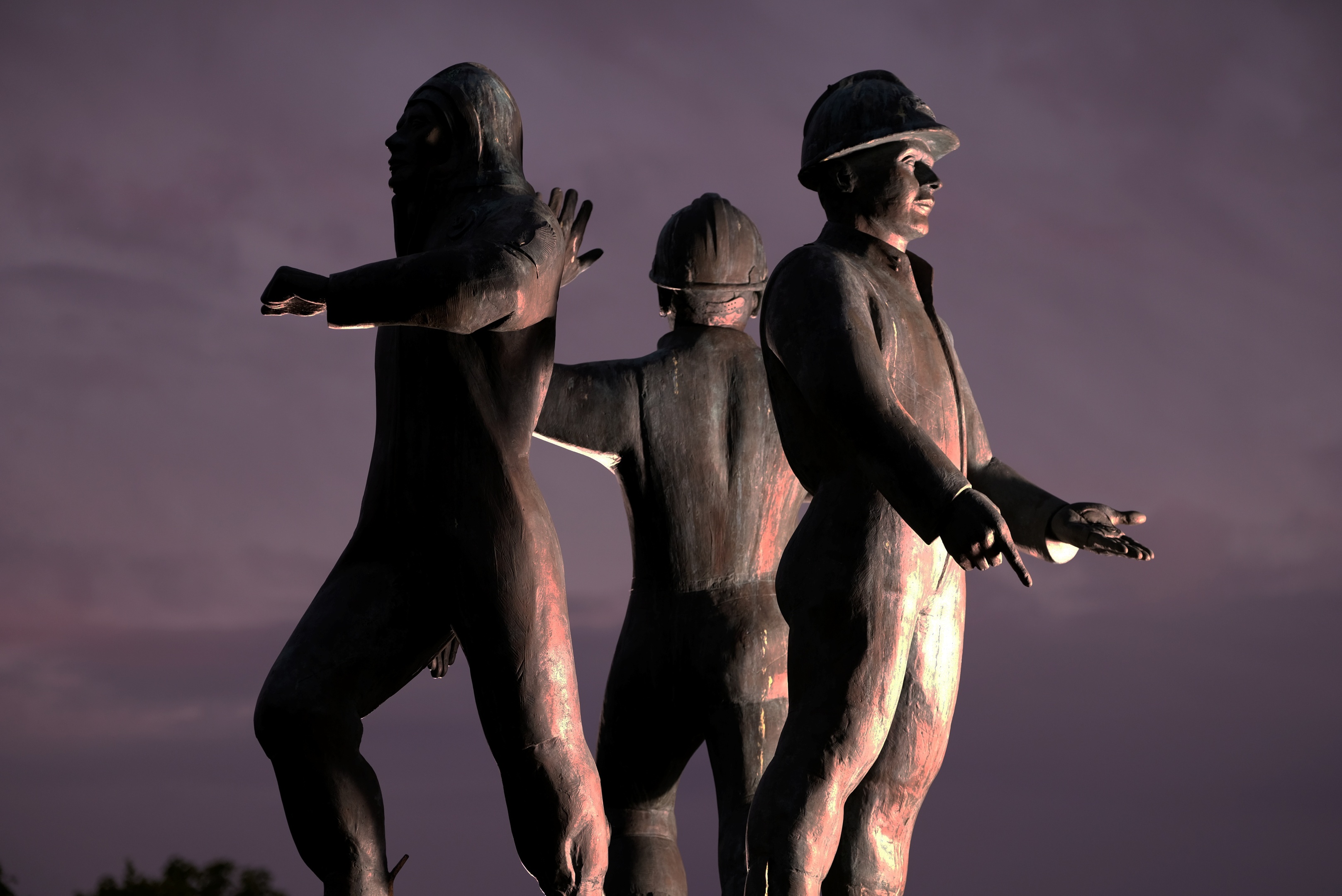
Piper Alpha was a disaster – in every sense of the word – and it claimed the lives of 167 fathers, sons, husbands and friends. This single catastrophic event significantly changed our industry forever.
On the night of July 6, 1988, the Piper Alpha production platform was engulfed by an enormous fire so intense that the facility was virtually unrecognisable the following morning.
I vividly remember when I first heard the news. I was about to physically unplug the TV in preparation of moving from the small town of Andrews, Texas, to Midland. Needless to say, when the news broke, I was glued to the TV (no internet or smart phones in those days) for an extended period to learn how such an incident could happen and the impact it had on so many.
Back in 1988, the North Sea seemed like a very distant place to me, and I certainly could not foresee that, one day, I would end up spending a considerable part of my professional career tied to this important area of our industry. Fast forward to 2006, after moving to Aberdeen, Piper Alpha and its relevance to our industry plus the human toll became very close and somewhat even more personal.
I have had the opportunity to meet more than one fortunate survivor, and heard key reflections of what transpired and how they have carried those experiences with them to improve safety awareness and performance for our industry. I directly participated in the 25th anniversary commemoration and witnessed the profound grief still exhibited by family members. I was struck by the fact so many of those in attendance had to move on in life without a spouse or a parent.
As tragic as the Piper Alpha event was in many terms, and as devastating to so many, through key findings of the investigations and subsequent regulatory improvements to how our industry delivers its objectives, it did provide many lasting positive changes and now sets the standard globally for others to emulate. The resulting safety case regime of reducing risks to “as low as reasonably practical”, commonly referred to as ALARP, has proven to be far more effective than prescriptive methods utilised in other parts of the world.
There was not one single cause.
The disaster – about 190 kilometres off the coast of Aberdeen – was the result of a catalogue of failures that began long before the first explosion at 10pm that fateful night.
As shifts changed and the night crew on Piper began their duties for the evening, one of the platform’s two condensate pumps had failed to operate. The crew moved quickly to resolve the issue before production was affected.
What the night shift crew did not know was that the failure occurred just a few hours after a critical pressure safety valve had been removed from the other condensate pump system that was not in service. It was temporarily replaced with a hand-tightened blind flange, and as the night crew turned on the alternate condensate pump system, the blind flange failed under high pressure, releasing volatile hydrocarbons at pressure within the process area of the platform.
The result was a horrific chain reaction of explosions and failures across Piper Alpha that ultimately destroyed the platform and killed 167 workers in what remains the world’s deadliest offshore oil industry disaster. The situation was further compounded by the fact other platforms in the area did not cease to export hydrocarbons into the systems that crossed Piper Alpha, even though distress signals were clearly communicated.
Latterly, the tragedy has often been looked at from the “Swiss Cheese Model” perspective of which you may be familiar. An organisation’s defences against failure or disaster are modelled as a series of barriers, represented as slices of cheese. The holes in each slice represent weaknesses in each individual part of the system, and they continually vary in size and position. Problems occur when holes in the slices momentarily align and allow a “trajectory of accident opportunity”. This allows a hazard to pass through all of the defences, ultimately leading to an accident.
This was very much the case with Piper Alpha.
Lord Cullen Inquiry
A Scottish judge, Lord Cullen, was tasked with leading the inquiry into the disaster. He found the offshore industry’s culture had come to tolerate human shortcomings, and that systems meant to assure safety, had actually been allowed to deteriorate.
He discovered there were no clear procedures for shift handovers and the permit to work system was not only inadequate in its form at the time, but frequently ignored. Training, auditing, and monitoring were also poor and lessons from previous, lesser accidents had not been shared or followed through.
Crucially, Lord Cullen recognised the importance of “culture” and “leadership” and how it could either create or marginalise conditions for safe working.
There were opportunities to prevent the disaster from happening – barriers were in place – but for a combination of reasons, the weaknesses in the barriers aligned and disaster struck.
The public inquiry and resulting 106 recommendations made by Lord Cullen led to important and necessary changes to how we work offshore today. It changed technology standards, set new requirements for activity planning, and use of permit to work systems, increased supervision and governance, and established a legal requirement for operating platforms to have formal safety cases in place.
Virtually every aspect of oil and gas production was reviewed, revised, and replaced or improved, and the criticality of promoting an open culture of learning and speaking up about concerns was emphasised. It helped form how we work today, and it is why we talk about the importance of our safety culture every day at Neptune.
But could such a disaster happen again?
Lord Cullen himself was asked the question some years ago. He said: “The industry suffered an enormous shock with this inquiry; it was the worst possible, imaginable thing. Each company was looking for itself to see whether this could happen to them, what they could do about it. This all contributed to a will to see that something better for the future could be evolved.”
That it did. Safety standards, technology, training, and major hazard awareness have all dramatically improved over the last three decades. Yes, that was driven in part by new processes and procedures brought about by the Cullen Inquiry, but just as importantly it was championed by the dedication and commitment of the workforce in the years after, and still today.
Yet we cannot ever allow complacency to creep in. We must maintain a “chronic sense of unease” and make it our personal responsibility – each and every one of us, offshore and onshore – to make it safer. Culture is everything.
And let me be absolutely clear: no barrel equivalent of production can ever be considered more important than the safety of our people. Safety can never be secondary or taken for granted.
That is how we honour the memory of all of those who have been involved in our vitally important industry, before and since Piper Alpha.
Recommended for you

